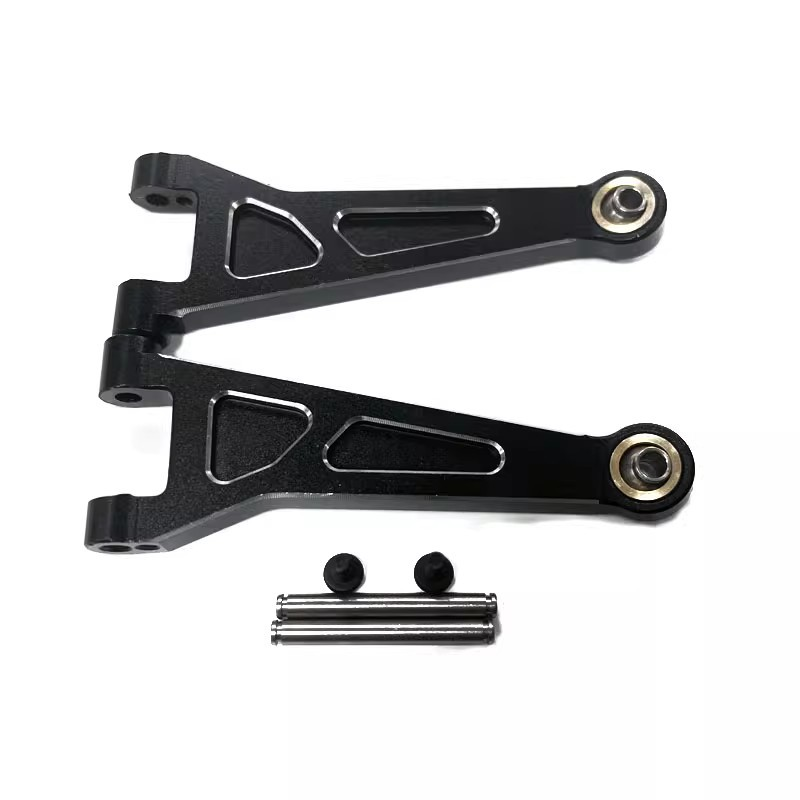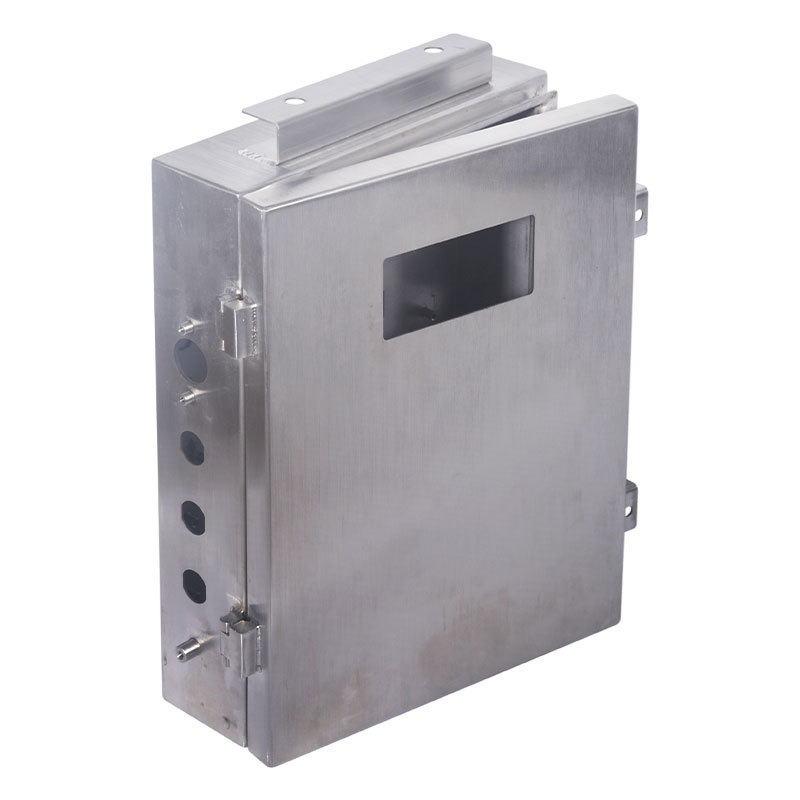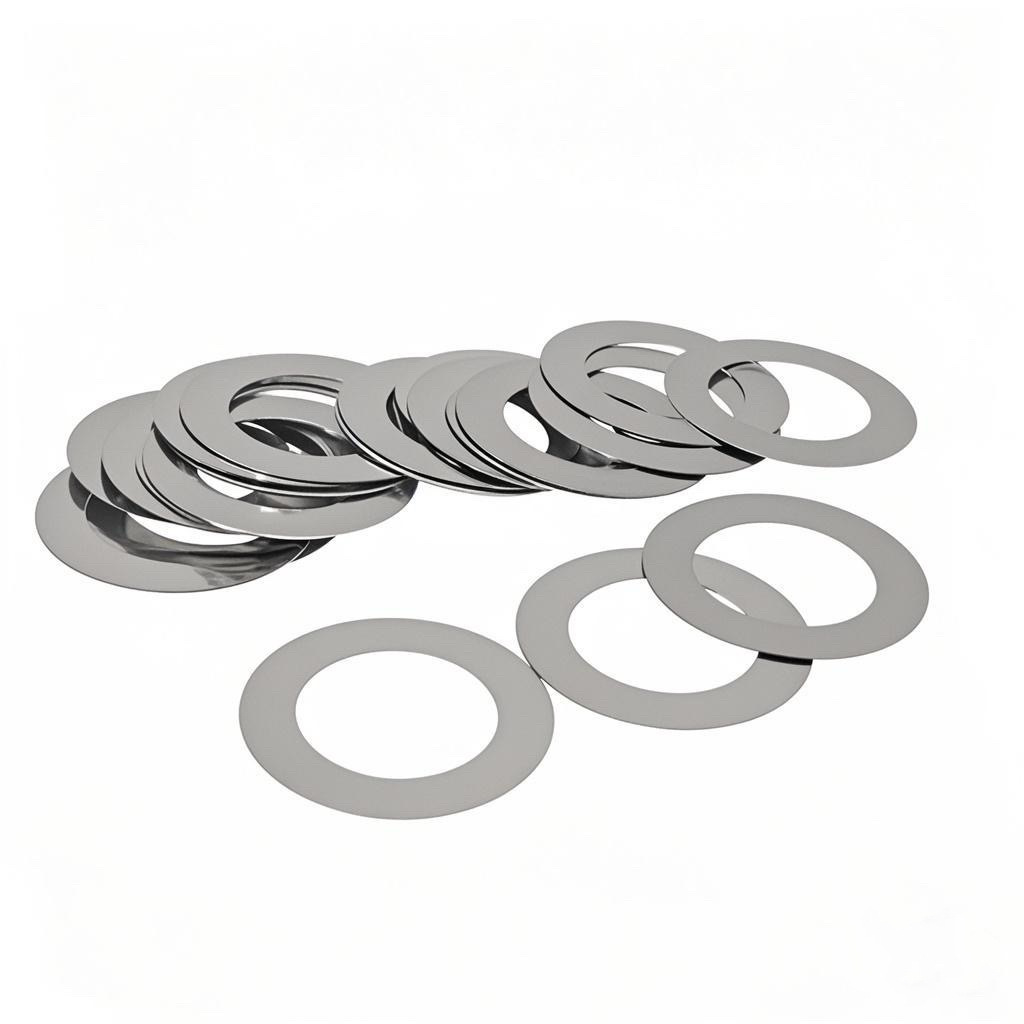When installing downlights, choosing the correct stamped brackets is crucial for ensuring stability, precision, and ease of installation.
Whether you are a manufacturer, engineer, or installer, selecting the correct bracket type and material can significantly affect the lighting fixture’s durability and functionality.
With a range of designs and metal options available, understanding their specific applications will help streamline your installation process and improve overall performance.
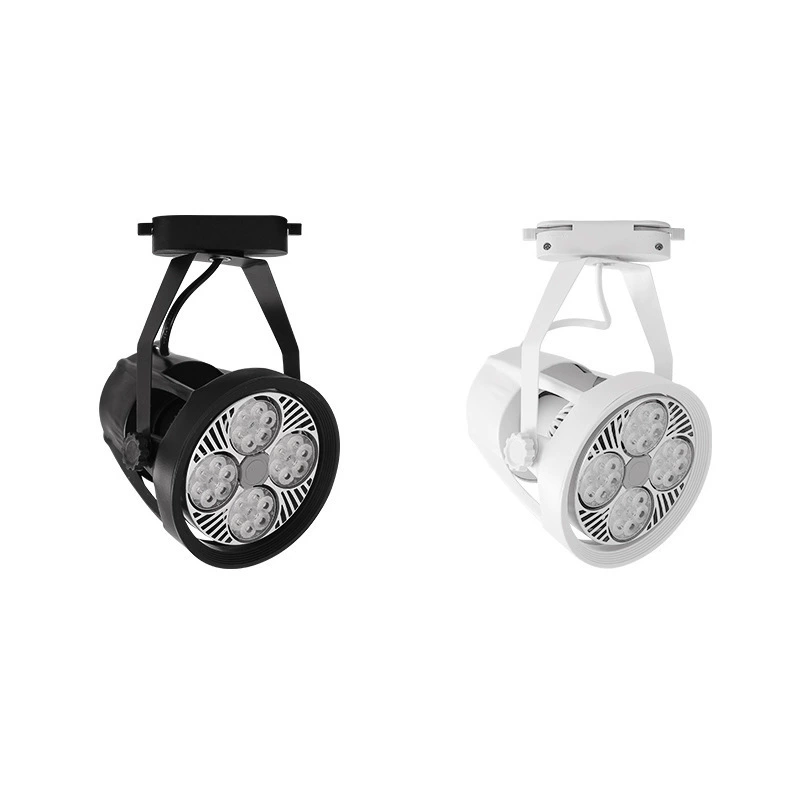
Stamped brackets used in downlights are typically made of galvanized steel, with options ranging from 16-gauge for high-end durability to 20-gauge for budget-friendly solutions.
These brackets are available in Z-shaped designs for junction boxes, flat forms for general mounting, and butterfly types for adjustable housings.
They ensure secure support, simplify installation, and prevent fixture misalignment.
In this guide, we’ll explore the types of stamped brackets, their material composition, and how they improve the installation of downlights.
-
Table Of Contents
-
1. Which Kind of Stamped Brackets Are Best for Downlights?
-
2. What Are Stamped Brackets for Downlights?
-
3. Why Are Stamped Brackets Essential for Downlights?
-
4. Types of Stamped Brackets for Downlights
-
5. Material Composition of Stamped Brackets
-
6. What Is the Difference Between Downlights and Recessed Lights?
-
7. How to Choose the Right Stamped Brackets for Downlights?
-
8. Summary
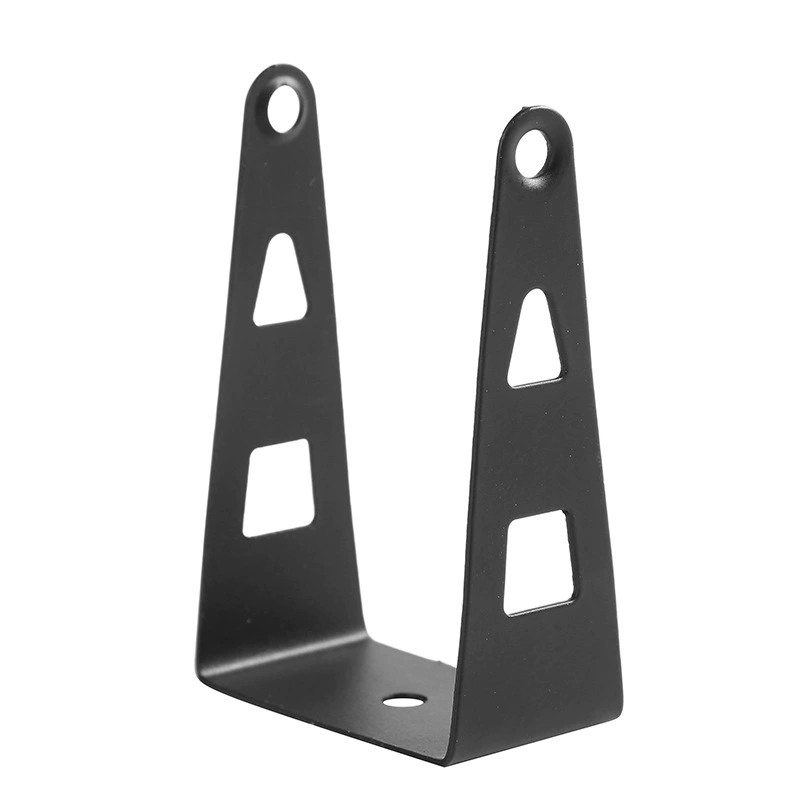
What Are Stamped Brackets for Downlights?
Stamped brackets are metal components that support downlights within a ceiling structure.
The term “stamped” comes from the manufacturing process, where flat metal sheets are stamped into precise shapes using a die and press.
This process ensures uniformity, high production efficiency, and durability.
Key Functions of Stamped Brackets in Downlight Installations:
• Support: Securely hold the downlight fixture within the ceiling structure.
• Alignment: Prevent fixture misalignment and ensure a level installation.
• Ease of Installation: Often pre-fitted with slots and screw holes for quick mounting.
Downlight brackets are crucial in lighting installations, serving as the backbone for secure and precise fixture mounting.
These precision metal parts ensure your lighting remains stable, aligned, and safely positioned within your ceiling or wall space.
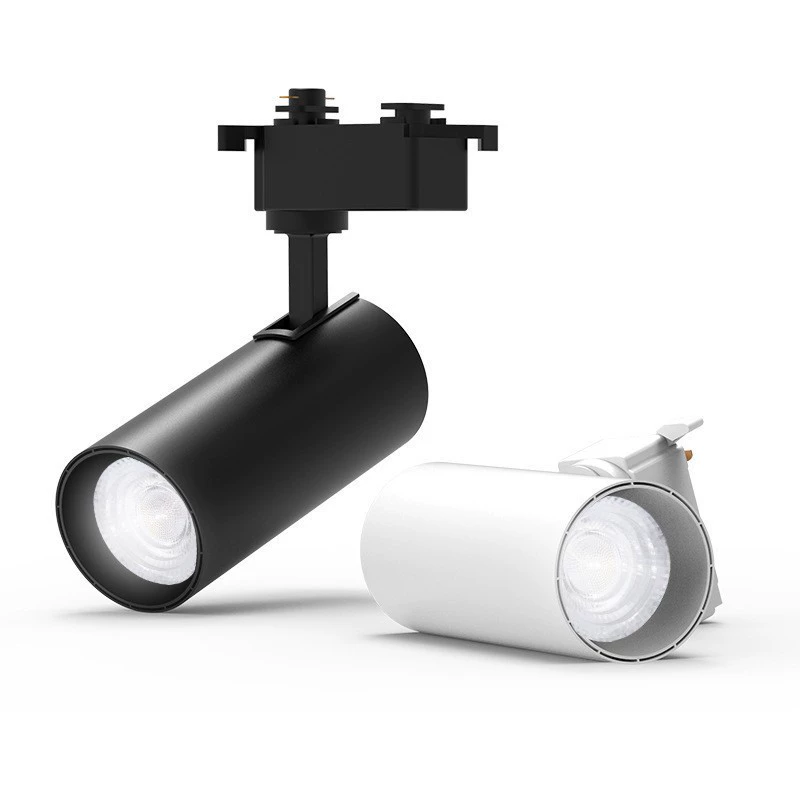
Why Are Stamped Brackets Essential for Downlights?
Stamped brackets are a small but vital component of downlight installations.
Here are key reasons why they are indispensable:
1. Precision
The stamping process ensures that each bracket is produced with uniform dimensions, which is critical for accurate and hassle-free installation.
2. Durability
Made from materials like galvanized steel, stamped brackets provide a reliable and long-lasting solution that resists corrosion and deformation.
3. Versatility
Stamped brackets are available in various shapes, sizes, and materials, making them suitable for both residential and commercial applications.
4. Ease of Installation
Most stamped brackets come with pre-cut holes, slots, or adjustable arms, simplifying the installation process for electricians and DIY users.
5. Cost-Effective
The metal stamping process is efficient, making stamped brackets an affordable solution without compromising on quality.
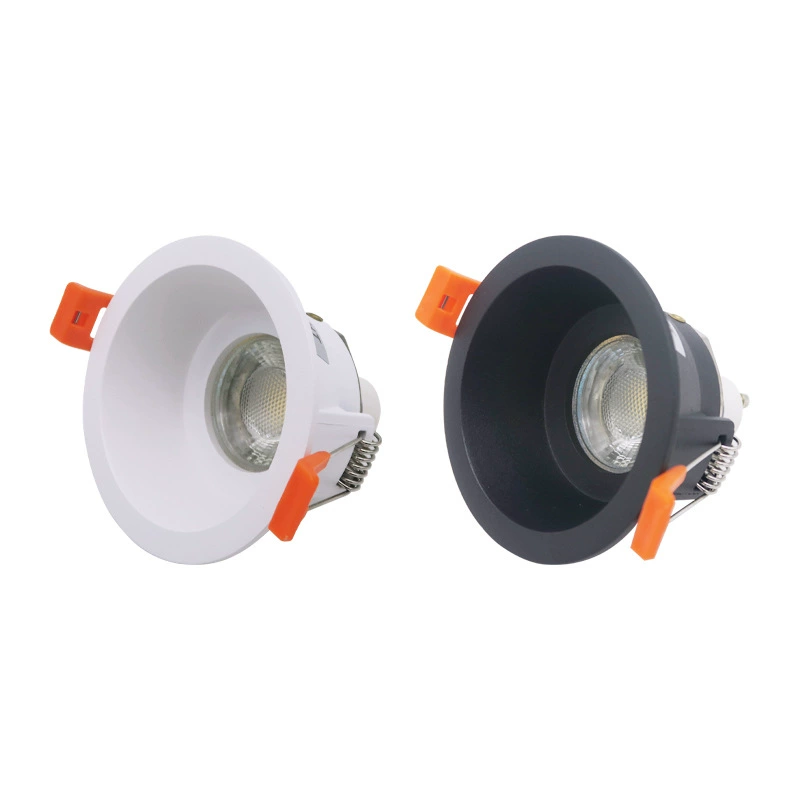
Types of Stamped Brackets for Downlights
Stamped brackets for downlights are available in different designs depending on their purpose.
Each type serves a specific installation need, from residential homes to large-scale commercial projects.
1. Z-Shaped Brackets
• Design: Features a unique stepped shape, ideal for junction boxes and plaster frames.
• Purpose: Provides strong structural reinforcement, especially in plaster ceilings.
• Applications: Commonly used in commercial projects where heavy-duty support is required.
2. Flat Stamped Brackets
• Design: Flat brackets are simple, straight metal components with pre-drilled holes or slots for screws.
• Purpose: These brackets are versatile and easy to use, providing a cost-effective solution for general mounting.
• Applications: Ideal for residential lighting, where budget and simplicity are key factors.
3. Adjustable Butterfly Brackets
• Design: Butterfly brackets feature adjustable arms or slots that allow precise positioning of the downlight housing.
• Purpose: These brackets are designed for flexibility, making it easier to fine-tune the downlight placement during installation.
• Applications: Frequently used in architectural lighting, where accuracy is essential for achieving the desired lighting effect.
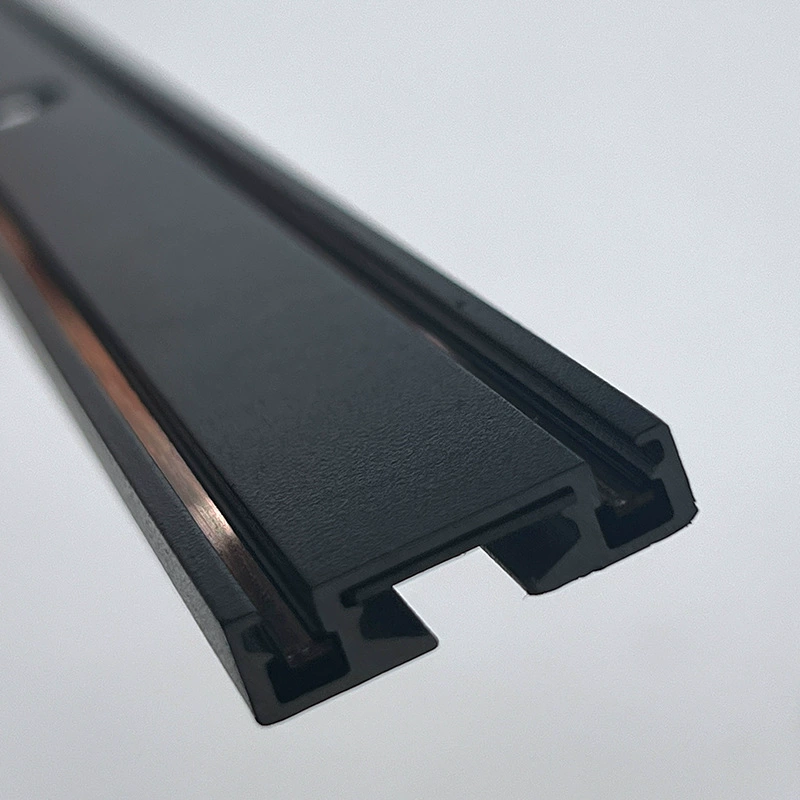
Material Composition of Stamped Brackets
When exploring metal fabrication materials, three primary options dominate downlight bracket manufacturing:
1. Galvanized Steel
Galvanized steel is the most popular choice for stamped brackets due to its:
• Corrosion Resistance: The zinc coating protects the steel from rust, extending its lifespan.
• Strength: Galvanized steel brackets are durable and can withstand heavy loads without deforming.
• Cost-Effectiveness: Compared to stainless steel, galvanized steel balances affordability and performance.
Gauge Thickness Options:
• 16-Gauge: High-quality, thick, and robust. This option is ideal for heavy-duty applications.
• 18-Gauge: A mid-range option that balances strength and cost, making it suitable for most installations.
• 20-Gauge: Lightweight and affordable, though less durable than thicker options. Perfect for light-duty residential use.
2. Stainless Steel
While less common due to its cost, stainless steel is used in premium installations where maximum durability and rust resistance are required.
• Durability: Stainless steel brackets are extremely strong and corrosion-resistant.
• Appearance: These brackets often have a polished, high-quality finish.
3. Aluminum
Aluminum brackets are lightweight and corrosion-resistant but less durable than steel.
They are used in projects where weight is a concern, such as specific architectural lighting installations.
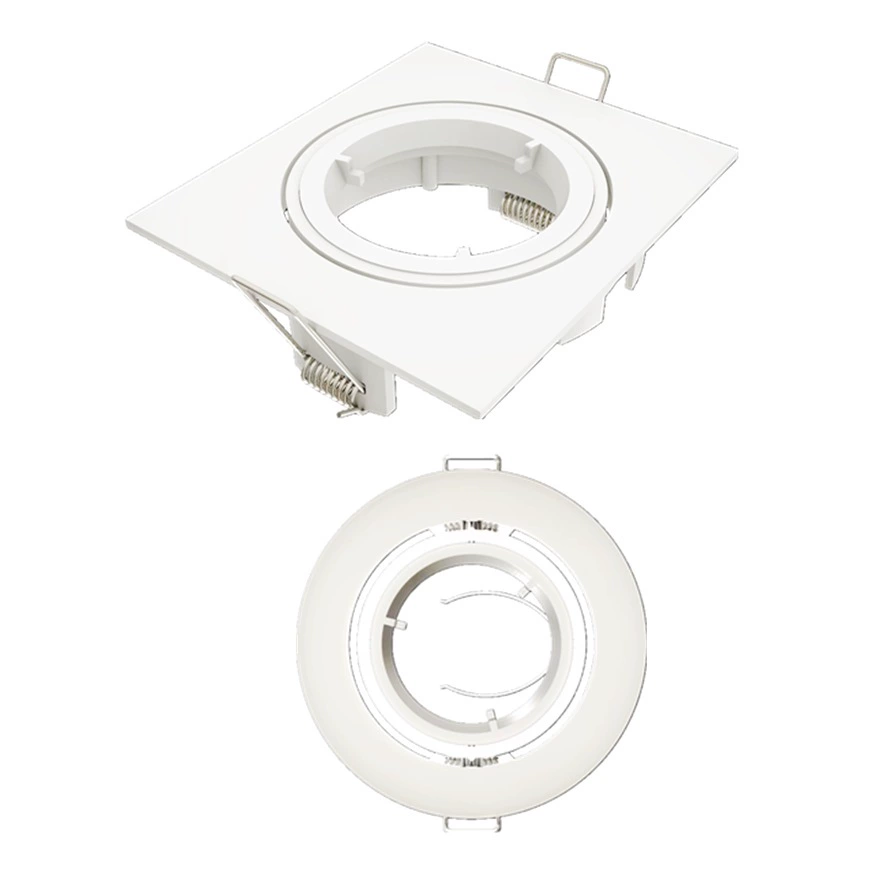
What Is the Difference Between Downlights and Recessed Lights?
The terms “downlights” and “recessed lights” are often used interchangeably, but there are key differences:
• Recessed Lights: These fixtures take up more space in the ceiling and are designed to accommodate replaceable bulbs.
They are often bulkier and require additional room for housings or canisters.
• LED Downlights: Modern LED downlights are more compact and energy-efficient.
They feature integrated light sources, eliminating the need for bulky housings.
Both types of lighting fixtures rely on stamped brackets for secure installation.
Recessed lights may require heavier brackets, while LED downlights often use lightweight flat or adjustable brackets.
How to Choose the Right Stamped Brackets for Downlights?
When selecting stamped brackets for downlights, consider the following factors:
1. Application
o For residential use, 18-gauge or 20-gauge flat brackets are often sufficient.
o For commercial installations, opt for 16-gauge Z-shaped or butterfly brackets for added strength.
2. Material
o Galvanized steel for durability and rust protection.
o Stainless steel can be used for premium installations.
3. Ceiling Type
o For plaster ceilings, Z-shaped brackets are ideal.
o For drywall ceilings, flat or adjustable butterfly brackets are more practical.
4. Ease of Installation
Choose brackets with pre-drilled holes and adjustable slots to save time and reduce errors during installation.
For more detailed insights into transitioning from design to metal fabrication, check out this comprehensive guide.
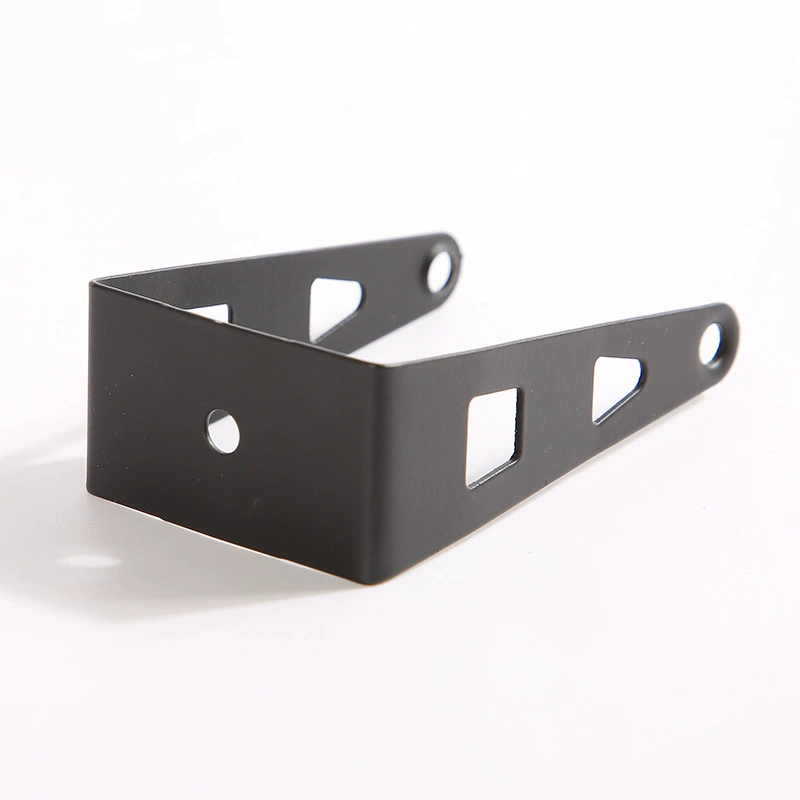
Conclusion
Stamped brackets are a vital component in installing downlights, providing the necessary support, alignment, and durability for residential and commercial lighting projects.
There are options to suit every application, from Z-shaped brackets for plaster frames to flat and adjustable butterfly brackets.
Made from durable materials like galvanized steel and stainless steel, stamped brackets ensure reliable performance and long-term success.
By selecting the appropriate bracket type and material, manufacturers, engineers, and installers can optimize their projects for durability and efficiency.
Investing in the right stamped brackets means fewer installation issues, enhanced fixture performance, and a professional finish.




